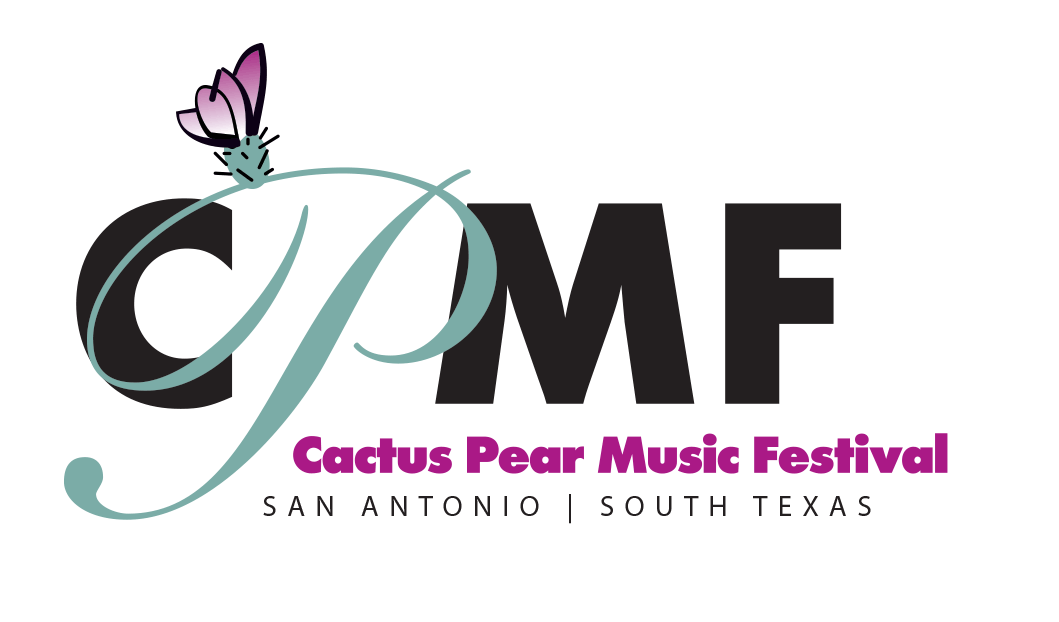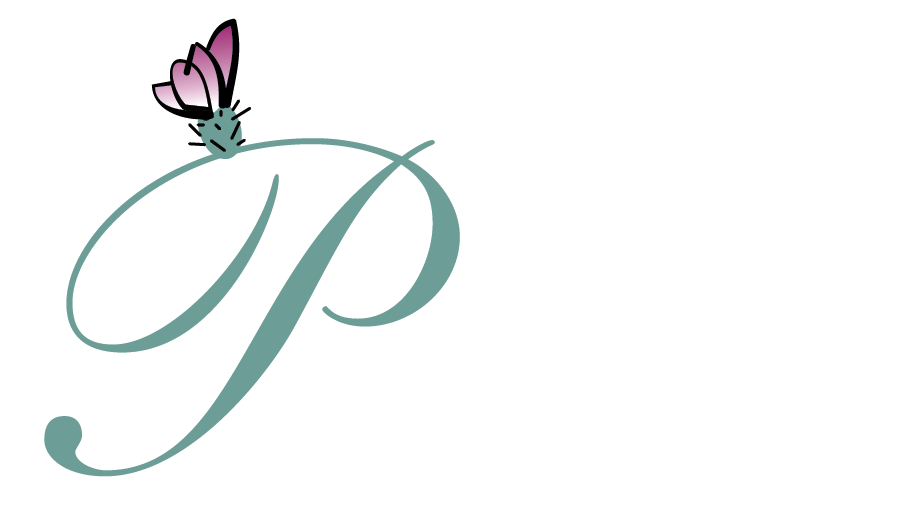Season 26
On The Threshold
PROGRAM NOTES by Jeffrey Sykes, DMA
VI.
On the Threshold
Saturday July 16, 2022
Trinity Baptist Church – 7 pm
Felix Mendelssohn
(1809-1847)
•
Rondo Capriccioso in E Major, Op. 14 for solo piano (1824-1830)
— Yanagitani
Ludwig van Beethoven (1770-1827) • String Quartet No. 2 in G Major, Op. 18, No. 2 (1799)
— Miró Quartet: Ching, Fedkenheuer, Largess, Gindele
Felix Mendelssohn • String Octet in E-flat Major, Op. 20 for four violins, two violas, two cellos (1825)
— Ching, Fedkenheuer, Sant’Ambrogio, Yamamoto, Largess, Bryla-Weiss, Kostov, Gindele
Felix Mendelssohn (1809-1847)
Rondo Capriccioso in E Major, Op. 14 for solo piano (1828-1830)
— See combined notes below Beethoven annotation.
Ludwig van Beethoven (1770-1827)
String Quartet No. 2 in G Major, Op. 18, No. 2
(1799)
—
Miró Quartet:
Ching, Fedkenheuer, Largess, Gindele
Ludwig van Beethoven was a paranoid man. That paranoia extended to comparisons with his great predecessors Mozart and, most especially, Haydn. When Beethoven first moved to Vienna in 1792, he had hoped to study with Mozart. Unfortunately, Mozart had died at the end of 1791. Beethoven’s most important patron in Bonn, Count Waldstein, encouraged him to instead seek out Joseph Haydn, then the most famous composer in Europe: “May you receive the spirit of Mozart through the hands of Haydn.” Beethoven studied on-and-off with Haydn for two years, but the two did not enjoy an amicable relationship. Beethoven was a difficult student, quick to take compositional criticism as a personal affront. He later stated that he learned nothing from Haydn—but his music starkly belies that claim.
Haydn’s fame rested on three pillars: he was considered the father of the symphony, the string quartet, and the piano trio, and he composed universally acknowledged masterpieces in each genre. Mozart wrote masterpieces in these genres as well, but truly made his name as the greatest composer of concertos and operas the world has ever known. He also wrote some of the greatest sonatas for violin and piano ever written. If the young Beethoven competed on such turf, he knew he would be found wanting. He first sought out genres that had not received the full benefit of his predecessors’ talents: the piano sonata, the string trio, and most especially the sonata for cello and piano, a genre he practically invented. He only attempted to write string quartets and symphonies after he became more certain of his compositional voice.
The six string quartets of Op.18, written between 1798 and 1800, are the first fruits of that new-found certainty. They show the clear influence of Haydn and Mozart, but they take that influence and move in a new, uniquely Beethovenian direction. The six quartets were all premiered by the Schuppanzigh Quartet (remember Schuppanzigh?) at house concerts hosted by Prince Karl Lobkowitz on Friday mornings. (I describe them as “house concerts,” but probably “palace concerts” would be more appropriate.) Lobkowitz’s concerts attracted the cultural elite of Vienna, so it’s not a surprise that Beethoven cultivated important connections at these events. He would eventually dedicate the Op. 18 quartets to Lobkowitz in appreciation.
Like Haydn, Beethoven often chose the key of G Major for his wittiest musical thoughts. Just think of the 2nd piano trio, the finale of the 2nd cello sonata, the 8th violin sonata, and the 16th piano sonata—all pieces that project a sense of light-hearted fun. The marvelous String Quartet, Op. 18, No. 2 is part of this same tradition. The quartet, written in 1799 and revised considerably before publication in 1801, is sometimes called the “Komplimentier-Quartett” (“Quartet of Compliments”), a nickname it shares with Haydn’s Quartet in G Major, Op. 77, No. 1, also from 1799. (Haydn’s quartet is quite similar to Beethoven’s. It’s unclear which was written first, if they heard one another’s quartets, and if the similarity is intentional.) The nickname might best be translated as “quartet of bows and curtsies,” according to the critic Michael Steinberg, and it refers to the graceful motive in the 1st violin that opens the first movement. That musical gesture could easily make one imagine an elaborate courtly bow. During the revision process for publication, Beethoven decided he was unhappy with his original second movement. He substituted the movement we’ll hear tonight—a lyrical slow movement with a tiny scherzo at the center, better in keeping with the witty mood of the work as a whole. This adagio-scherzo hybrid is followed by the real scherzo, a movement very similar to Haydn’s fast minuets. Beethoven ends with a speedy Haydn-esque romp. The entire quartet shows Beethoven’s understanding and assimilation of Haydn’s style as well as the new directions he was soon to explore.
Felix Mendelssohn (1809-1847)
Rondo Capriccioso in E Major, Op. 14 for solo piano
(1828-1830)
— Yanagitani
String Octet in E-flat Major, Op. 20 for four violins, two violas & two cellos (1825)
— Ching, Fedkenheuer, Sant’Ambrogio, Yamamoto, Largess, Bryla-Weiss, Kostov, Gindele
Felix Mendelssohn was likely the most precociously gifted musician the world has ever known. No one in the history of Western music—not even Mozart— produced such mature masterpieces so young: the third Piano Quartet at age 15, the Octet in E-flat Major, Op. 20, at age 16, the Overture to A Midsummer Night’s Dream at age 17, the Rondo Capriccioso in E Major, Op. 14 at age 19. These are all core works in the musical canon. Not until Mozart reached his twenties did he produce music of such sophistication and power. A double prodigy on the piano and the violin, Mendelssohn grew up with every advantage one could have—supportive, wealthy parents, an incredibly diverse education guided by some of the greatest minds of the day, and a sister, Fanny, who was every bit the musical genius her brother was. Mendelssohn’s family arranged for performances of his works with their private orchestra in their home in Berlin. The intellectual and cultural elite of the city were regular guests at these salons, so Mendelssohn had what every young composer hopes for: the opportunity to try out new works for a discerning, sophisticated, knowledgeable, yet kindly disposed audience.
A charmed life, you might say, and indeed, Mendelssohn’s music, while beautiful and passionate, rarely shows signs of the inner torment typical of a Romantic artist. Never having experienced anything other than the best life had to offer, it’s no surprise that Mendelssohn wrote music of effortless elegance—a characteristic that led some of his contemporaries to develop a condescending attitude toward his work. His Jewish background, combined with his success and popularity, made him an easy target of envy, and a smear campaign of sorts began shortly after his death. Spearheaded by Richard Wagner in his anti-Jewish pamphlet Jewry in Music, this smear campaign ultimately led to the Nazi regime banning Mendelssohn’s music and destroying statues built in his honor. More insidiously, it led to an undervaluing of Mendelssohn’s work that persists to some degree even now. Considered during his lifetime one of the greatest cultural figures of all time, his star shines less bright than it deserves today.
Mendelssohn was a brilliant virtuoso pianist his entire life, and his copious piano music is perfectly suited to the instrument. That’s especially true of the Rondo Capriccioso. Mendelssohn completed the first version of the work on January 4, 1828, when he was 19, originally entitling it Etude in E Minor. He extensively revised the work in 1830, adding a slow, lyrical introduction in E Major. He was prompted to this revision by the pianist Delphine von Schauroth. They had met in Paris in 1825, when Delphine was 12 and Mendelssohn 16, and he was impressed with her talent. They met again five years later while Mendelssohn was on a tour that took him through Munich, and Mendelssohn was so taken with her that he considered proposing. He wrote to his sister Fanny on June 11, 1830: Now I am getting quite busy and can tell you that I have been paying court to Delphine von Schauroth… and she has commanded me, under pain of one disgrace or another, to edit the great Rondo Capriccioso in E Minor. So I have tastily cooked it up with a stirring introductory Adagio [sic], some new melodies and passages, and I have been successful. Now I just have to write it out and present it to her. I also want to earn my 20 Thaler, so it will be published shortly.
The introduction is indeed quite tasty; it is reminiscent of the best of his Songs Without Words. And the rondo itself is one of Mendelssohn’s signature scherzos: sparkling, brilliant, mischievous, lighter than air. It’s no wonder that Delphine von Schauroth was interested in this piece, because in its final form, it deservedly became one of Mendelssohn’s most popular piano compositions.
Mendelssohn’s first forays into the world of chamber music were three piano quartets, written in 1822, 1823, and 1824. All three are fantastic works, but the last, in B minor, is probably his first masterpiece. The next year, 1825, age 16, he wrote his great Octet in E-flat Major, Op. 20—the greatest such work ever written and one of the irreplaceable masterpieces of chamber music. (One would do well to remember that Beethoven and Schubert were both still alive and active at this time. Schubert's great Octet for winds and strings had been written only the year before.) Mendelssohn wrote the Octet as a birthday gift for his violin teacher Eduard Rietz, and the virtuosic first violin part is clearly a testament to Rietz's playing. The string octet was not a standard combination of instruments; Mendelssohn may have been drawn to this instrumentation because of the twelve string symphonies he wrote between the ages of 12 and 14. And indeed the music moves effortlessly between the larger-than-life expansive statements typical of symphonies and the intimate conversational expressions of chamber music.
Marked "allegro moderato ma con fuoco"—"moderately fast but with fire"—the first movement is bursting with joyous energy, sweep, and passion. The second movement is, by contrast, based on a simple melody that becomes more animated and restless. The third movement, a brilliant scherzo, transports us to the world of elves, fairies, dragonflies, and magic spells, a world Mendelssohn would revisit in his music for A Midsummer Night’s Dream. Throughout his life, Mendelssohn had a special talent for writing scherzos that are lighter than air, and this is one of his finest examples. Mendelssohn's sister Fanny claimed the scherzo was inspired by the closing lines of the Walpurgisnacht dream scene in part I of Goethe's Faust:
The flight of the clouds and the veil of mist
Are lighted from above.
A breeze in the leaves, a wind in the reeds,
And all has vanished.
The finale, a Presto, features an eight-part fugato that showcases the young composer's contrapuntal skills. The main theme of the Scherzo makes an appearance as a countermelody, further proving the sophistication of Mendelssohn's polyphony. And if you listen carefully, you will undoubtedly hear echoes of the phrase "And He shall reign for ever and ever" from Handel's Hallelujah Chorus. All in all, quite an achievement for a composer of any age, let alone a sixteen-year-old boy.




